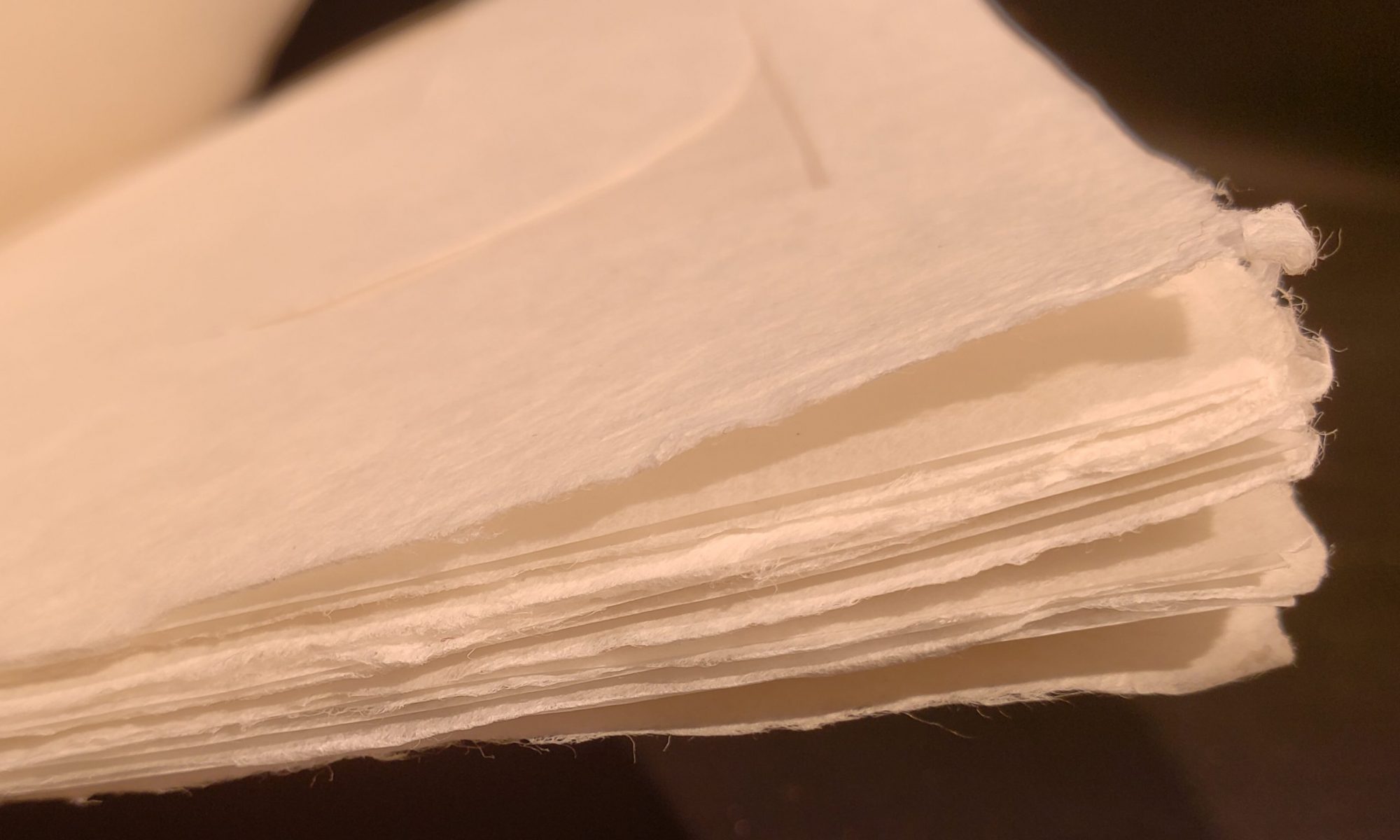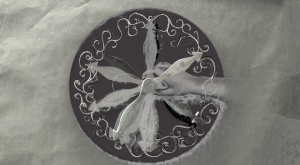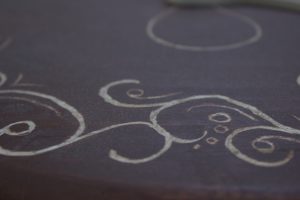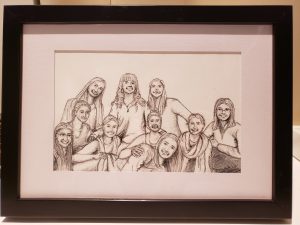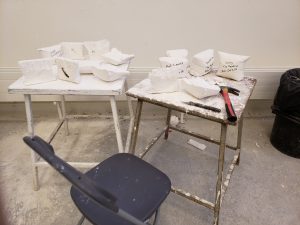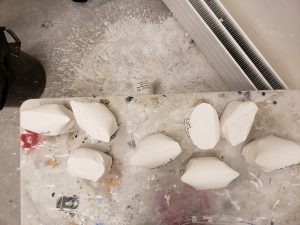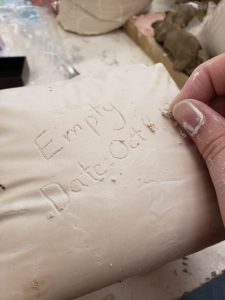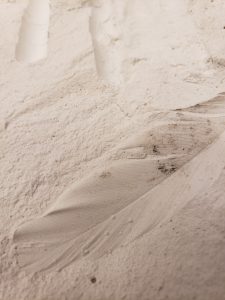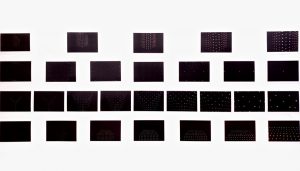
Seeds of Perspective is a series of photographs showing a black surface scattered with points of colored light. The dots show 3D objects at first then the view point shifts. Each subsequent picture zooms in on a center light point. Slowly it becomes clear that the ‘center light point’ is a tiny bead glowing with color from the light behind it. Looking back on all the images it becomes clear that each point of light is a bead carefully set to create an illusory effect.
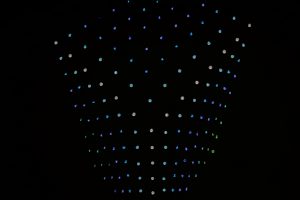
This artwork tricks the viewers eye. The artwork is created using paper and seed beads. An awl is used to perforate the paper’s surface in a predetermined pattern, then the beads are placed and glued in the holes. When held up against a backing of natural light, the beads let through the light and appear to glow.

This work meant as a reflection on values and assumptions. Each opinion and fact we hear, we assign value to in accordance with our own perspective of the world. These pieces of information, whether true or false, fact or opinion, statement or question, all are equal, like the surface of the paper. We, as individuals, value some more than others based entirely on our situation; holding closer those we agree with and push away those that challenge our perspectives. This is shown in how on a flat, 2D surface, the beads appear to create a 3D object with certain surfaces closer to the view than other. In this way the piece expresses how we create an individual view of the world out of the same, equal information. Seeds of Perspective brings to light these values by questioning our first assumptions, that the objects are not 3D but rather 2D. It challenges our first reactions and changes our perspective.
